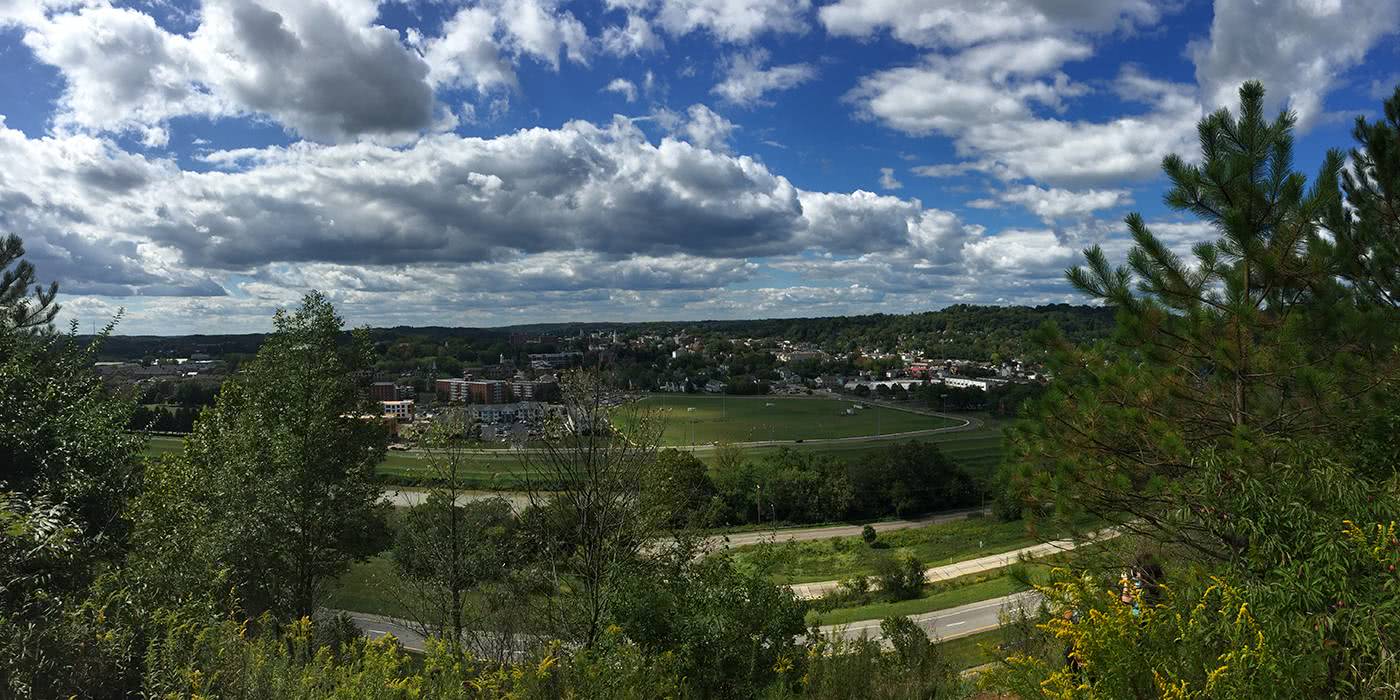Issued: 12am on Thursday, January 1st 1970
Technical Forecast Discussion
Short term (Sunday 8/5 through Tuesday 8/7)
Upper level ridging will leaves the area this evening as broad troughing takes over the upper atmosphere. This will lead to lowering heights and small moisture advection that will promote cloud cover from the evening into Monday. This filtering in of moisture will result in a somewhat humid night tonight as lows only go down to the mid to high 60s. Moisture will become more prevalent as the day progresses on Monday. Clouds will break by the morning, but look to increase late afternoon. The upper level trough will remain north of the area, as deepening has yet to show, so storm activity will rely mainly on diurnal heating in the late afternoon and the evening. Models have disagreements in the timing of moisture, but all models show it not lining up with peak heating time. The break in precipitation has allowed CAPE not to be so limited as it will reach values between 2250 and 2500 J/kg by late afternoon. Chances for storms will remain under 50%, but isolated storms will be possible if pockets of moisture are available. On Tuesday, an embedded shortwave within the trough will generate a cold front that looks to push into the state by Tuesday afternoon. An organized band of moisture will be well ahead of the front. CAPE looks impressive with models agreeing with it maxing around 3500 J/kg. Shearing will be absent, but convection will be deep and moist. Severe threat is small with the main risk being heavy downpours. A smaller threat of wind gusts will exist if downbursts were to occur.
Long term (Wednesday 8/8 through Saturday 8/11)
Moisture will remain plentiful on Wednesday as the cold frontal boundary is expected to pass through the area Wednesday evening. Convection and precipitation conditions will be relatively the same for Wednesday, except CAPE values will be weaker around 1750 j/kg. Chances for heavy downpours are still possible as convection will still be deep and moist, but storms may be separated more and showers more prevalent. The passing of the cold front will also generate CAA that will bring highs down into the low 80s for Wednesday. Drier air will be behind the cold front that will be reinforced by weak high pressure coming from the Midwest on Thursday. Another upper level trough approaches on Friday. This will bring a quasi-stationary front into the Great Lakes. Some moisture advection will reach the region as well as a pocket of CAPE near 2500 J/kg. These conditions will have to compete with high pressure that will sit between Kentucky and West Virginia on Friday. So far chances for precipitation will be small until further development of convection is seen. Finally, on Saturday the stationary front will stay stalled in Northern Ohio as the upper level trough becomes more negatively tilted. CAPE will be less, but more widespread through the state and moisture will be scattered with higher concentrations to the east and southwest of the region. Storms may occur at peak heating time if moisture organizes more in the coming days.
The next technical discussion will be Wednesday 8/8




